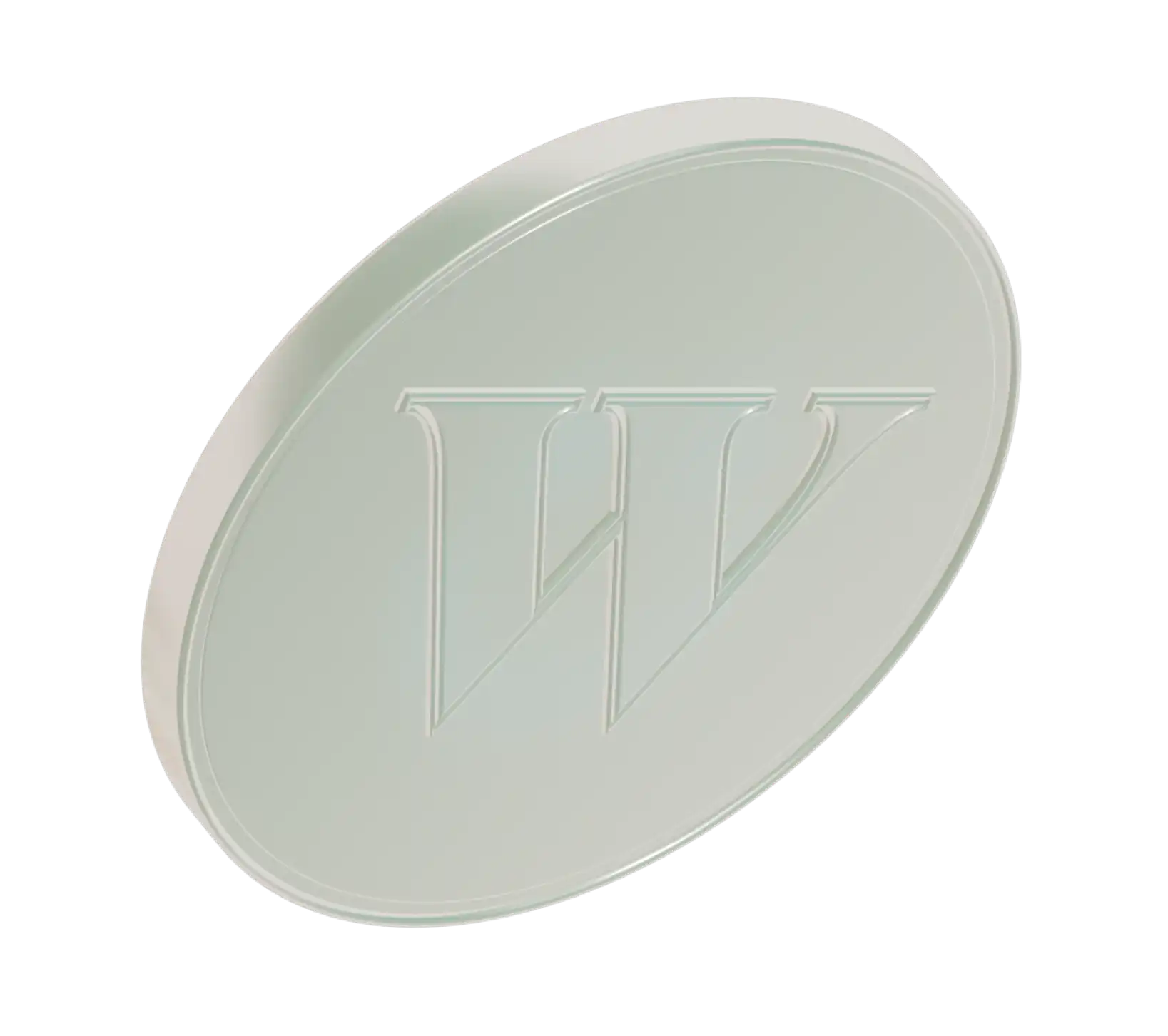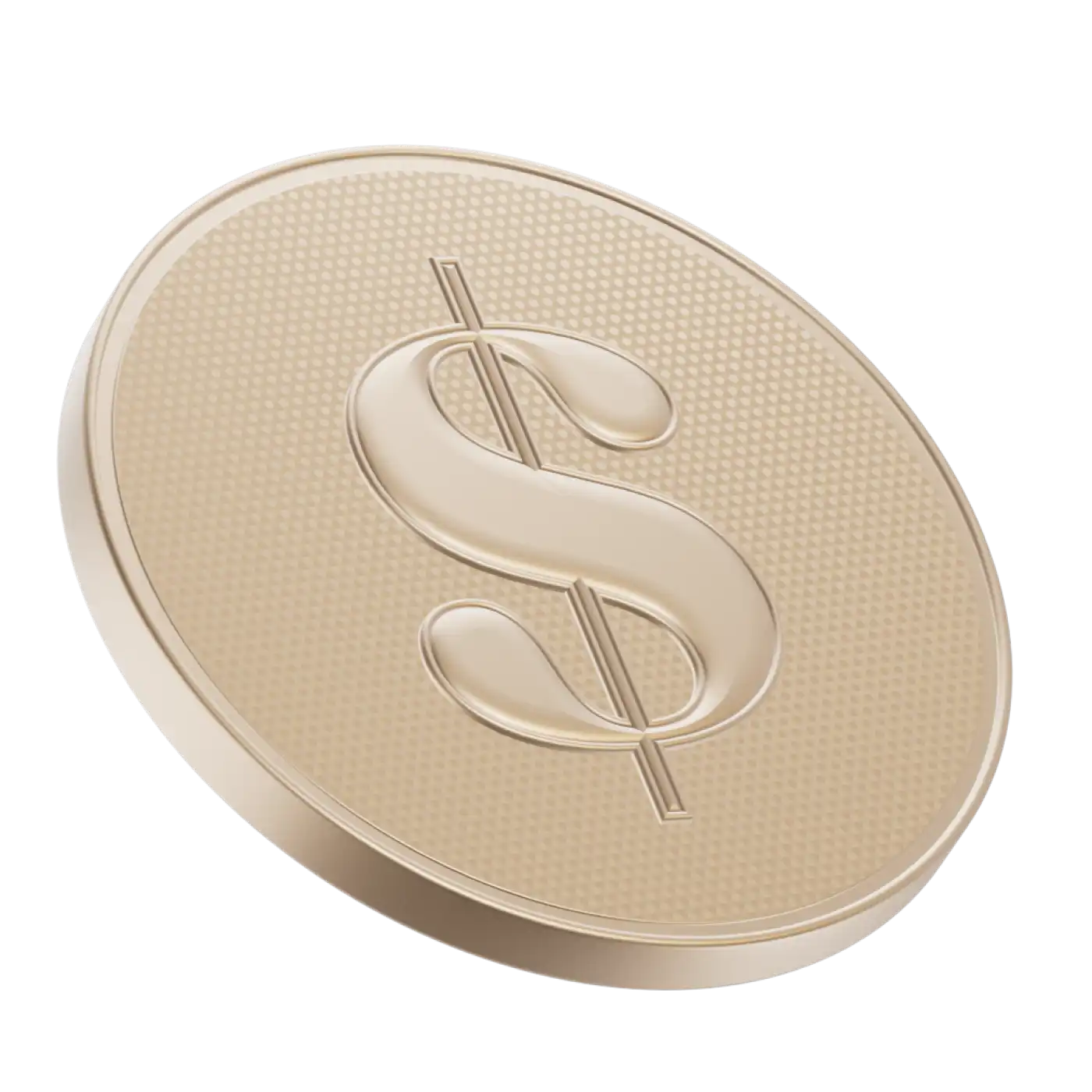Canada’s taxes are as abundant as our lakes. There are taxes on consumption, including sales tax, land transfer tax, liquor tax, gas tax, and custom tariffs on imported goods. Then there are taxes on assets, such as property taxes and car stickers. And finally, there’s a tax on income. Here’s what you need to know.
What is income tax?
For almost every dollar you earn, you must pay a portion in taxes.
It wasn’t always this way. Before World War I, Canada was a tax-free haven. Unlike England and the United States, Canada prided itself on its “no federal taxes” policy and used it to attract desperately needed skilled immigrants, investors, and capitalists. Instead, the government made money mostly by selling natural resources and charging high custom fees on imported goods. In 1917, Finance Minister Sir Thomas White implemented the Income Tax Act to pay for World War I and asked that it should be reviewed after the war. Canada has had an income tax ever since.
While income tax may seem natural and inevitable to us today, it was met with resistance at the time and considered a significant burden. When income taxes were first introduced, single people had a personal exemption of $29,757 in today’s dollars, while married people had an exemption of $59,514. Over those amounts, they were taxed just 4%. Now, married and single people have identical federal personal exemptions, at around $15,000. The top federal tax rate is 33%, and when we add in provincial tax rates, the total marginal tax rate is 54.8%.
Most of us pay our taxes without (much) complaint because it’s the price of living in a prosperous nation. As Oliver Wendell Holmes Jr., the 19th-century U.S. Supreme Court Justice, said, “I hate paying taxes. But I love the civilization they give me.”
The Canada Revenue Agency (CRA) collects this money to pay for the government’s operating expenses and delivery of services. Taxes are the reason we have hospitals, high schools, the military, the police force, libraries, roads, prisons, and the CBC. The government redistributes much of these taxes to low-income families and vulnerable Canadians in the form of child benefits, employment insurance, old age security, and social assistance.
How income tax works in Canada
You’re required to report your income to the CRA annually by filing an Income Tax and Benefit Return, or better known simply as a tax return. In this return, you must list all your income sources and note your eligibility for tax deductions or tax credits.
The tax system is based on trust. Although the CRA does know about some of your income, they mostly rely on citizens to self-report their total income accurately.
The CRA recommends you file a return even if you do not earn any money. If you don’t file your taxes, you may miss out on free money. Some payouts you may be eligible for include:
Canada Child Benefit
GST/HST credit
Guaranteed income supplement
The deadline to pay your income taxes
The deadline to pay taxes, for those who earn enough to do so, can be confusing because the date you must pay does not always line up with the date that you must file.
Employed individuals have the same payment and file date: April 30 (if this falls on a weekend, the tax deadline is the next business day). That’s because their taxes usually get taken off at the source, on each paycheque, so their tax calculation is simpler. Self-employed individuals must pay any taxes owed in a tax year by April 30, but they have until June 15 to file their return.
The CRA charges a fee for late filers — 5% of your 2024 balance owed, plus an additional 1% for each full month after that due date (up to a maximum of 12 months). If the CRA charged you a late-filing penalty for 2021-2023 and requested a formal demand for a return, your late-filing penalty for 2024 will be 10% of your balance owing, and you’ll be charged an additional 2% for each full month that you file after the due date, to a maximum of 20 months.
Income tax rates in Canada
Canada has a graduated, or progressive, tax system, which means the more you earn, the more you pay. Under this system, money is divided into income brackets that determine the applicable tax rate. A common mistake is to assume that all income is charged at the rate of its highest tax bracket. In fact, we are charged progressively, which means that first, you pay the rate in the lowest bracket, and only pay the higher rate on each additional dollar. This is also called your marginal tax rate.
For example, if you earn $1, you’ll pay 10%. But on the second dollar, you’ll have to pay 20%. And on the third dollar, you’ll be on the hook for 30%. But you never have to pay 30% of $3. Instead, you pay a total of just $0.60, which works out to an average tax rate of just 20%.
Some find this graduated system fair, while others believe it burdens hard workers, penalizes success, and discourages prosperity.
Graduated tax rates can be confusing because the income tax brackets don’t depend just on the amount earned; they also depend on where the money comes from. Plus, each province and territory has a completely different tax bracket. You must add the two together to come up with the total rate.
Some Canadians are surprised to learn that not all income is treated equally. The government typically gives a tax break to money earned from selling an investment — 50% of the capital gains are taxed at the marginal tax rate that applies to their taxable income. To encourage jobs and development, small Canadian corporations have extremely low tax rates. The highest tax rates are the personal income tax rates applied to wages and salaries.
The CRA differentiates between these six types of income sources:
Other income (including employment and interest)
Capital gains
Eligible dividends (from large, public Canadian corporations)
Ineligible dividends (from small Canadian corporations)
General corporate income
Small business corporate income
Dividend money is considered to have already done its duty since it comes from after-tax corporate profit. Instead, you might also be eligible to receive a dividend tax credit, which is a nonrefundable tax credit meant to offset the effect of double taxing.
Luckily, not all income is taxable. Here are some examples of income that is not taxed in Canada:
Most lottery winnings
Most inheritances and gifts
Canada Child Benefit payments
GST/HST credit payments
Payouts from a life insurance policy
Full-time school scholarships
Withdrawals from a Tax-Free Savings Account (TFSA)
Strike pay from a union
Income that’s not taxable
Luckily, not all income is taxable. Here are some examples of income that is not taxed in Canada:
Most lottery winnings
Most inheritances and gifts
Canada Child Benefit payments
GST/HST credit payments
Payouts from a life insurance policy
School scholarships
Withdrawals from a Tax-Free Savings Account (TFSA)
Strike pay from a union
How to reduce your income tax
Paying what you owe in income taxes is a civic duty, but there’s no reason to pay a penny more than is required. Finding ways to reduce your taxable income is not only legal but financially responsible. Strategies to do so range from the simple and the common — maximize deductions — to the elaborate and esoteric — e.g., buying flow-through shares. Many tax preparation programs can help you find the deductions and credits you qualify for. For truly complex and unique situations, a good accountant will be the best person to help find the optimal tax efficiencies in your particular situation.
But here are a few ideas:
Change up your income sources: Our government gives some types of income preferential treatment. Employment income and interest bear the heaviest burden, while capital gains and dividends are barely touched. Instead of relying on a job and stashing funds in a savings account, many people try investing. If you can manage, over the long-term, to transfer surplus income from your salary into an investment portfolio, you will be able to shelter much of your funds from taxes.
Move from sole-proprietorship to incorporation: If you’re a freelancer or have a small business, consider switching from a sole-proprietorship to a corporation. While incorporating comes with heavier compliance requirements and a trickier tax return, it could drop your tax rate significantly. In Ontario, for example, high earners would go from a marginal tax rate of 46.16% to just 12.2%. That’s only inside the corporation, of course — once you transfer the funds and pay yourself a salary or dividend, you’ll have to pay income taxes at regular marginal tax rates. This strategy will only save on taxes if you make enough to be able to retain income inside the corporation. Speak with a professional accountant to see if your small business can benefit from this tactic.
Defer taxes: There’s a concept in financial planning that states that money today is always better than money tomorrow. So if there’s a way to put off paying taxes until tomorrow, it’s a great idea to take advantage of that opportunity. That’s because money can grow over time, and the more money you have, the faster it can grow. Paying taxes impedes this process. The most obvious way to defer taxes is to stash funds and invest inside your Registered Retirement Savings Plan (RRSP). The money can grow sheltered from taxes until you withdraw funds in retirement, and your marginal tax rate will hopefully be lower than it was in your prime working years. You can do the same in your TFSA. Although you’re contributing with after-tax funds, the money, once inside, will also be able to grow free, away from the long reach of the CRA. A newly introduced tax deferral option is the First Home Savings Account (FHSA), which allows you to save up to $40,000 for the purchase of your first home. Like the TFSA, the FHSA can grow tax-free. For investors and small business owners, a common way to defer taxes is to leave money inside a corporation for as long as possible. If you own an investment property, you can write off the depreciation every year, which delays paying taxes until you actually sell the property.
Maximize all deductions and credits: Deductions work by lowering your income, hopefully by enough to kick you down a tax bracket. Credits work by lowering your tax payable, hopefully down to zero. Typical tax deductions include union dues, RRSP contributions, childcare expenses, and capital losses. Typical tax credits include charitable donations, medical expenses, caregiver amounts, and the Canada Workers Benefit.
How to calculate income tax
Calculating your exact income tax is no easy task. Canada’s tax system is a warren of baffling codes, 1.1 million words long. A rough tax estimate can be done by first figuring out your total income minus any applicable deductions. Then, simply multiply your income, per source, by its suitable marginal tax rate (territorial, provincial, and federal taxes). To get an estimate of your total net income and income tax, use an online tax calculator.
How to pay income tax online
With income sources such as employment income, income tax is deducted from your income and remitted to the CRA throughout the year. With other sources such as self-employment income, income tax is required to be paid quarterly to the CRA. If after preparing and filing your tax return and all income has been accounted for it's determined that you still owe some tax money, you have to pay that amount owing to the CRA by the payment deadline — April 30th of the following year (or the next business day if April 30 falls on the weekend).
You can file your tax return longhand, the old-fashioned paper way, or through a free or paid service online. Some Canadians choose to outsource the work to an accountant. You can pay tax by mailing a cheque, or by walking into any major bank with a cheque. If you prefer to pay online, the easiest way is via the CRA My Account. Otherwise, the CRA provides a number of other options that may work for you.



